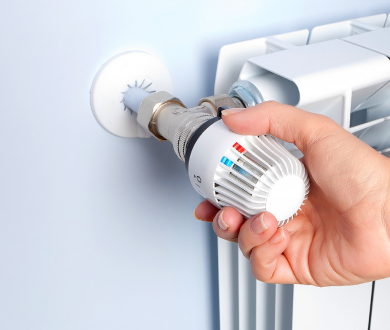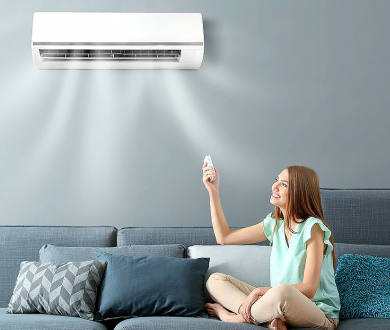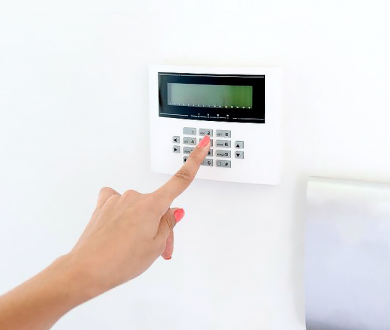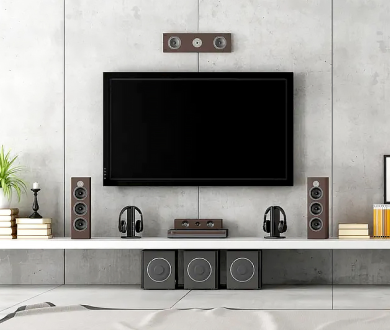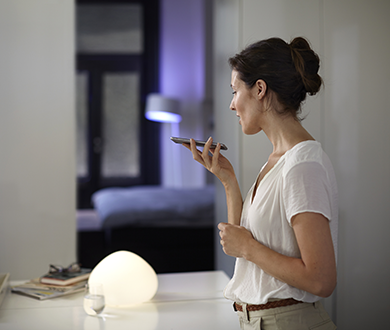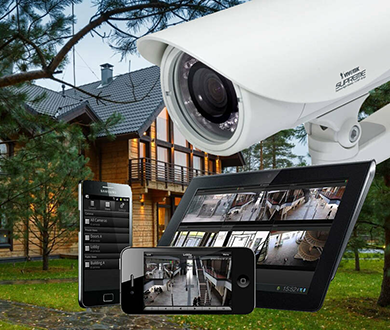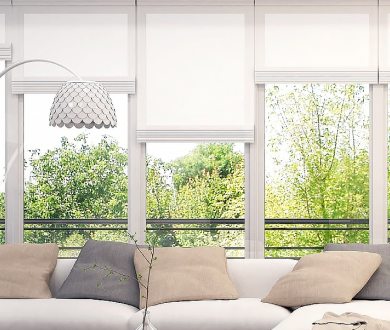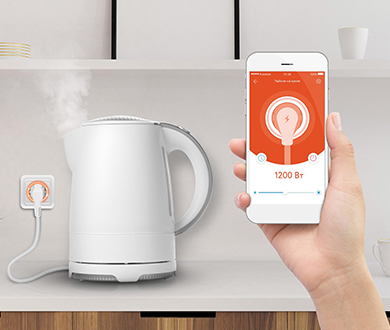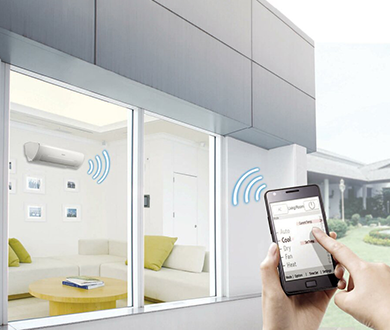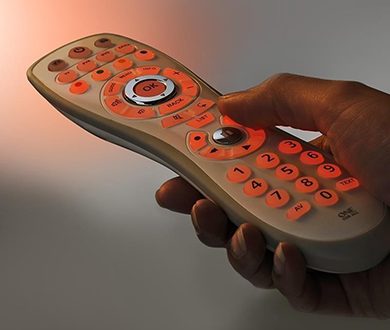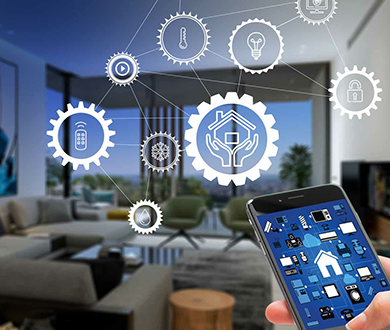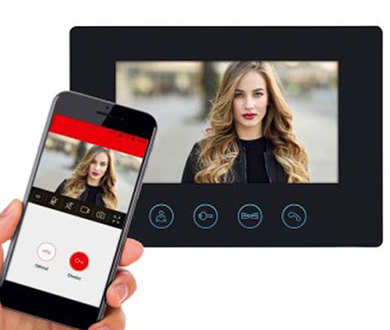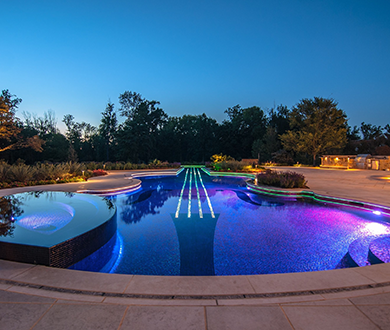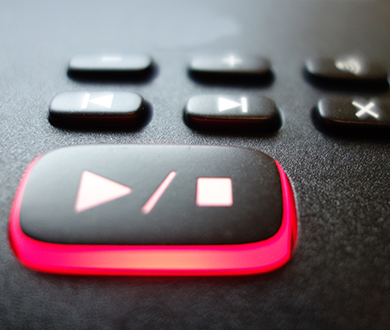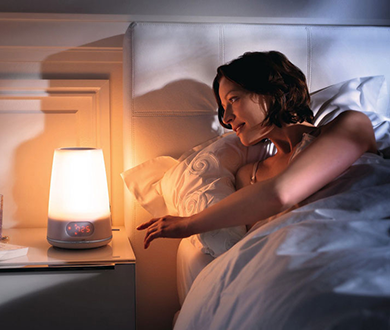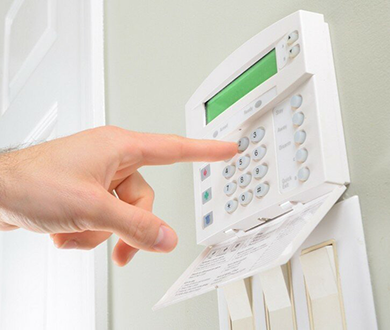Lighting

Smart lighting is one of the key components of managing a Mimi Smart smart home. The main task of the result of the emergence of high technologies is to provide comfortable living conditions and minimize the role of a person in the performance of household chores.
Many functions are performed automatically, according to a pre-installed program and vary depending on the configuration. The list of the most common functions includes:
- Turn off the lights when there are no users in the room.
- Adjust the power and brightness of the lamps.
- Use lighting as a morning alarm clock.
- A message about a doorbell ringing.
- Power saving mode.
The functions are controlled using the remote control, smart gadgets, or manually. If you use smartphones and tablets, you need to connect to a wireless Wi-Fi network. When using the remote control, there is no need for Internet access.
What is smart lighting?
The smart system is represented by two types:
- Centralized.
- Decentralize
The first method involves controlling a special controller. The tasks are to collect information received from sensors and form commands. If a decentralized type of lighting is installed in the Smart House, each lighting device is equipped with an individual memory and a microcontroller.
Smart lighting is installed in:
- Apartments;
- Houses;
- Offices;
- Industrial premises;
- Conference rooms;
- Sports clubs, at.
Speaking specifically about a residential building or apartment, it is appropriate to use a decentralized type of lighting. This will avoid unnecessary power consumption. The centralized version is suitable for commercial and industrial premises (shops, workshops), offices and conference rooms.
Smart lighting functionality
Intelligent lighting is subject to easy integration with existing systems. Different groups can be combined, and scenarios can be set for specific cases.
Key smart lighting options:
- Light brightness damping.
- Dimming of the lighting.
- Moonlight.
- Automatic lighting.
- Automatic light off.
- Adjust the brightnes
- Energy saving.
One of the basic functions is the function of damping – dimming the lighting. The subdued light is eye-friendly and creates a cozy atmosphere. Damping the brightness of light has a positive effect on visual perception and energy saving. The latter function has become a key one for many families, prompting them to install a smart lighting system.
Light attenuation is an interesting design accent that contributes to the gradual loss of light brightness. Moonlight refers to dim lighting that does not blind or hurt the eyes. Ideally, if a person wakes up at night: directs the way and does not wake up the sleeping residents.
Automatic lighting involves turning on the light at dusk, as soon as a person enters the room. If the user leaves the room, the light turns off. “Smart” technology saves electricity and reduces the cost of paying for electricity.
The automatic brightness function means turning on the light when there is not enough natural sunlight. The “smart” system automatically determines the optimal level of illumination to create a favorable and comfortable environment for the eyes. The degree of illumination is also set manually by the user: it is written as the execution of the script.
Additional features
Smart lighting performs a number of related options. In addition to automatically adjusting the light level, “smart” lighting plays the role of:
- Alarm Clock.
- Security guards.
- A decorative element.
If the device supports the timer option, you can set the light to turn on at a specific time. If the owners plan a long absence, the system will take care of the safety of the house and its contents by automatically turning on the light at dusk. Specify the time when the light will turn on, e.g., daily at 7 pm, or select the automatic setting (the light will turn on after dark). Imitation of the presence of owners will help to avoid cases of theft.
As a decorative interior element, light damping is used. The feature is especially popular in restaurants, bars, and clubs. Also, the “smart” lighting system is suitable for giving the landscape design an exquisite design. Lamps and lamps are successfully used to illuminate staircases, garden areas, building facades and exterior elements.
“Smart” lighting – intelligent technologies for an atmospheric home environment.

Order
remotely with one click
Other functions
